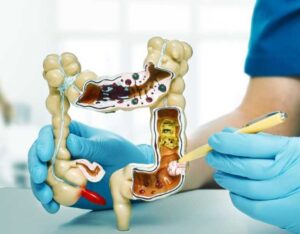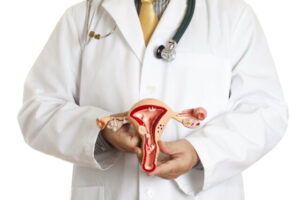
xr:d:DAF-JB_tV5s:39,j:2872590846289487455,t:24022907
A sudden toothache, broken tooth, or dental injury can happen when you least expect it. In these situations, a dentist provides fundamental emergency care to relieve pain, prevent infection, and protect your smile. Understanding the different types of emergency dental treatments helps patients respond quickly and confidently when urgent dental issues arise.
Treatment for Toothaches and Infections
Severe toothaches often indicate underlying infections or abscesses that require prompt attention from a dental professional. To address these issues effectively, the following steps are taken during emergency treatment:
- The dentist conducts a thorough examination of the affected tooth and surrounding tissues to identify the source of the infection.
- If an abscess is present, it is drained to reduce pressure and prevent the infection from worsening.
- Antibiotics are prescribed to control bacterial growth and support the recovery process.
- The dentist may perform root canal therapy if the infection has penetrated the tooth’s pulp.
- Appropriate medications are provided to alleviate discomfort.
- When an infection is severe and cannot be managed through other methods, tooth extraction may be necessary.
The dentist will carefully explain the available treatment options and recommend the appropriate course of action based on the patient’s condition.
Repair for Damaged Teeth
Damaged teeth from accidents or injuries need prompt treatment to prevent further complications. A dentist assesses the extent of the damage and determines the appropriate repair method. Minor chips may be treated with dental bonding, while larger fractures require comprehensive treatment.
Dental crowns are often used to restore severely damaged teeth and protect them from further harm. The dentist will prepare the tooth by removing damaged portions and shaping it to accommodate the crown. The specialist places temporary crowns immediately, while permanent ones are being fabricated.
Replacement for Knocked-out Teeth
Knocked-out teeth are true dental emergencies that require immediate action from the patient and dentist. The success of tooth reimplantation depends largely on how quickly treatment is provided and how well the tooth is preserved before arrival at the dental office. The dental specialist will examine the tooth and the socket to determine if reimplantation is possible. If reimplantation is successful, the dentist will splint the tooth to the adjacent teeth for several weeks while the tooth heals. When reimplantation is not possible, dental implants provide an excellent alternative for tooth replacement.
Solutions for Lost Restorations
Lost dental restorations expose teeth to bacteria and can cause significant discomfort or sensitivity. A dentist can provide immediate relief by protecting the exposed tooth structure and preventing further damage. Temporary materials may be used to seal the area until permanent repairs can be completed.
For lost crowns, the dentist will examine the crown and the underlying tooth structure. If the crown is undamaged and the tooth is healthy, it may be possible to recement the original restoration. New crowns are often necessary if damage has occurred to either component. The dental practitioner will also assess whether further treatment is needed before replacing the restoration.
Book Your Dentist Appointment Today
Emergency dental treatments play a fundamental role in preserving oral health and preventing complications. These four types of treatments address common dental emergencies that patients encounter. Prompt treatment from a qualified dentist can often save teeth that would otherwise be lost. Contact a trusted dentist to book your appointment and receive immediate assistance with your dental emergency.





